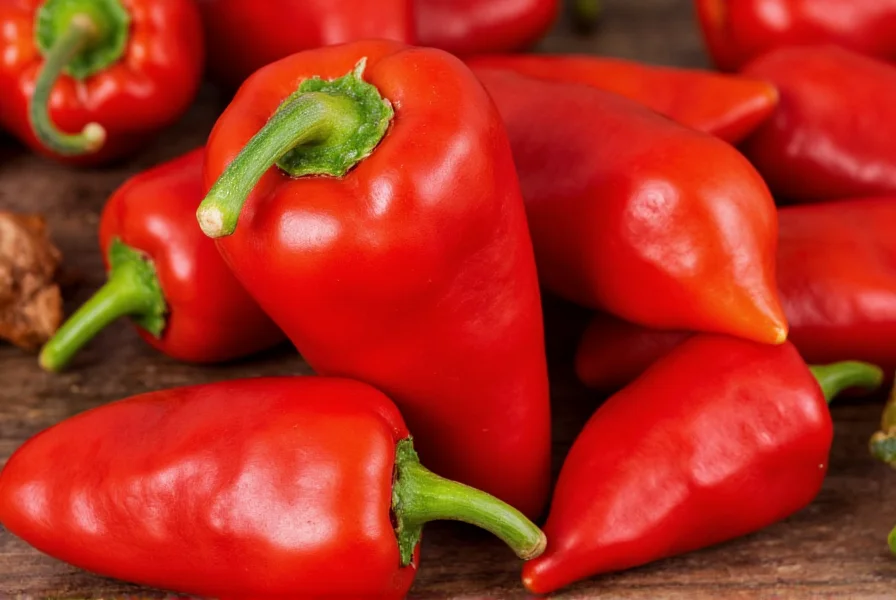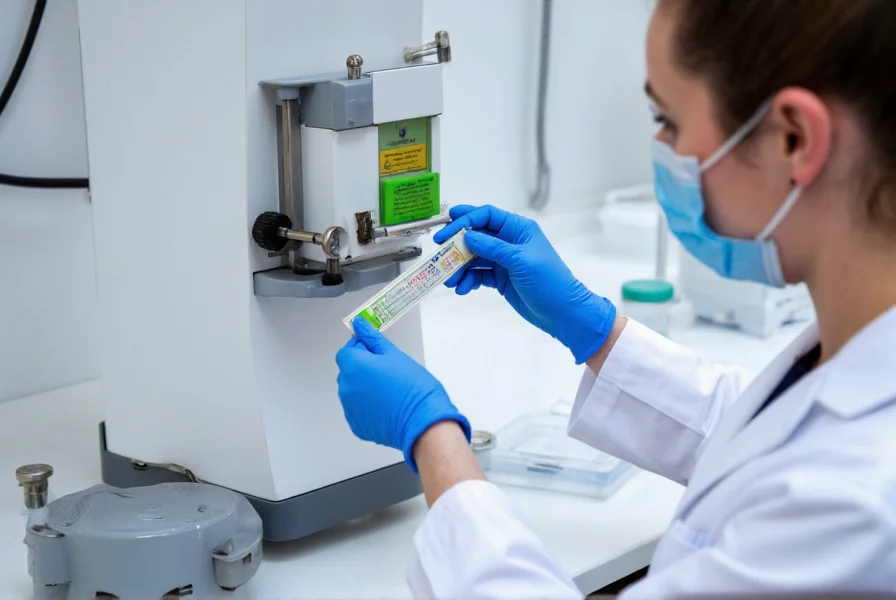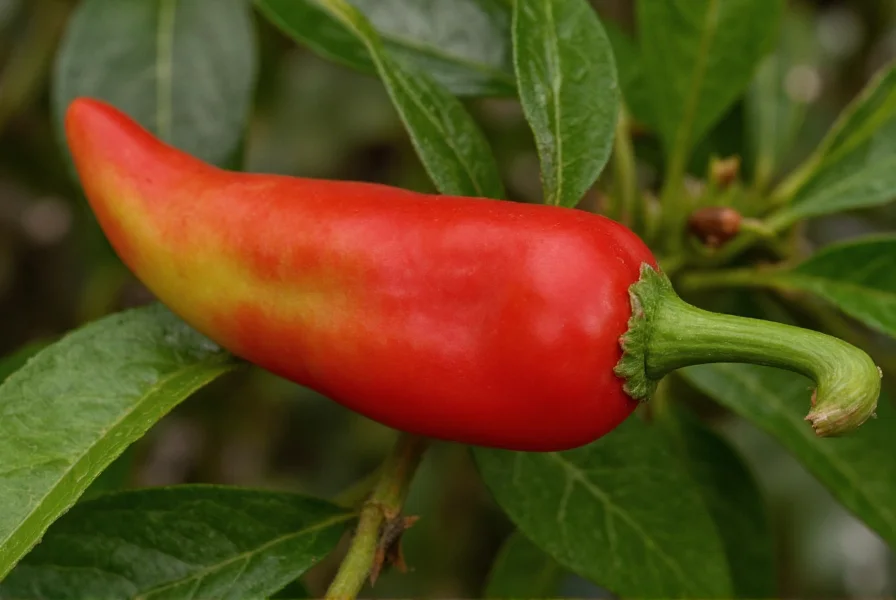The current holder of the Guinness World Record for the world's hottest pepper is the Carolina Reaper, with an average Scoville Heat Unit (SHU) rating of 1,641,183 and peak measurements exceeding 2.2 million SHU. This officially recognized superhot pepper, developed by South Carolina breeder Ed Currie, dethroned the Trinidad Moruga Scorpion in 2013 and maintains its status as the hottest pepper verified by Guinness World Records as of 2023.
When exploring the fiery frontier of superhot peppers, understanding which variety claims the title of most spiciest pepper requires examining both scientific measurements and official recognition. While numerous contenders have emerged claiming higher heat levels, the Carolina Reaper remains the undisputed champion according to the most rigorous testing standards. This comprehensive guide examines the current landscape of extreme heat peppers, how spiciness is scientifically measured, and what makes these botanical powerhouses so intensely hot.
Understanding the Scoville Scale: Measuring Pepper Heat
The Scoville Organoleptic Test, developed by pharmacist Wilbur Scoville in 1912, remains the standard for measuring pepper heat. This method determines how hot is carolina reaper and other peppers by measuring the concentration of capsaicinoids—the chemical compounds responsible for that burning sensation. Modern testing uses High-Performance Liquid Chromatography (HPLC) for precise measurement, converting results to Scoville Heat Units (SHU).
A jalapeño pepper typically ranges from 2,500-8,000 SHU, providing context for just how extreme superhot peppers have become. The transition from habaneros (100,000-350,000 SHU) to today's record-holders represents an exponential increase in capsaicin concentration that challenges both human tolerance and scientific measurement capabilities.
The Carolina Reaper: Reigning Champion
Bred by Ed Currie of the PuckerButt Pepper Company, the Carolina Reaper (Capsicum chinense) earned its Guinness World Record in 2013 after rigorous testing at Winthrop University. What makes this highest scoville rating pepper distinctive isn't just its heat, but its complex flavor profile featuring initial sweetness followed by intense heat.
| Pepper Variety | Average SHU | Peak SHU | Guinness Recognition |
|---|---|---|---|
| Carolina Reaper | 1,641,183 | 2,200,000 | Official Record Holder (2013-present) |
| Trinidad Moruga Scorpion | 1,200,000 | 2,009,000 | Previous Record Holder |
| 7 Pot Douglah | 923,889 | 1,853,936 | Not Officially Tested |
| Ghost Pepper (Bhut Jolokia) | 855,000 | 1,041,427 | Former Record Holder (2007-2011) |
Emerging Contenders: Pepper X and Dragon's Breath
While the Carolina Reaper maintains its official status, several new varieties have entered the arena claiming even greater heat. Ed Currie's own Pepper X has been unofficially measured at over 3.18 million SHU, though it lacks the formal Guinness verification process that confirmed the Carolina Reaper's status.
The Dragon's Breath pepper, developed in Wales, generated significant media attention with claims of 2.48 million SHU. However, these measurements haven't undergone the same rigorous third-party verification required for Guinness recognition. This highlights an important distinction in the world's hottest pepper 2023 conversation: claimed heat versus scientifically verified measurements.

The Science Behind Extreme Heat
What makes certain peppers qualify as the most spiciest pepper comes down to genetics and capsaicinoid concentration. Capsaicin, the primary compound responsible for heat, triggers pain receptors in the mouth and throat. Superhot peppers contain significantly higher concentrations of capsaicin and related compounds like dihydrocapsaicin.
Plant breeders have selectively crossed varieties to intensify these compounds, pushing the boundaries of what was previously thought possible in pepper heat. The concentration of capsaicinoids isn't uniform throughout the pepper—highest in the placental tissue surrounding the seeds—which explains why removing seeds reduces heat intensity.
Safety Considerations When Handling Superhot Peppers
Working with the hottest pepper in the world requires serious precautions. Capsaicin is oil-based and doesn't wash off with water alone. Professional growers and chefs handling these peppers recommend:
- Wearing nitrile gloves (latex provides insufficient protection)
- Using eye protection to prevent accidental contact
- Working in well-ventilated areas to avoid inhaling capsaicin particles
- Having dairy products like milk or yogurt nearby to counteract heat exposure
- Avoiding touching face or sensitive areas during handling
Even experienced handlers can experience severe reactions. The intense heat of these peppers can cause temporary breathing difficulties, skin irritation lasting hours, and in extreme cases, requires medical attention. Understanding these risks is essential for anyone experimenting with safely handle extremely hot peppers.
Culinary and Medical Applications
Despite their extreme heat, superhot peppers have legitimate uses beyond novelty challenges. In controlled culinary applications, they provide intense flavor complexity when used in minute quantities. The carolina reaper vs ghost pepper comparison reveals subtle flavor differences that chefs leverage in specialty hot sauces and spice blends.
Medically, capsaicin has shown promise in pain management, with topical creams using controlled concentrations to treat conditions like arthritis and neuropathy. Researchers continue studying whether the extreme concentrations found in record-breaking peppers might yield new medical applications, though this remains an area of ongoing research.

Common Misconceptions About Superhot Peppers
Several myths persist in the world's hottest pepper community. Contrary to popular belief, the heat doesn't primarily come from the seeds but from the white pith surrounding them. Another misconception is that higher heat always means better flavor—many superhot peppers sacrifice complex flavor profiles for pure heat intensity.
Perhaps the most dangerous misconception involves testing extreme peppers without proper preparation. Social media challenges featuring record-breaking peppers have led to numerous hospital visits. Understanding the real risks associated with consuming the most spiciest pepper is crucial for anyone considering such experiments.
The Future of Superhot Peppers
Pepper breeding continues to push boundaries, with researchers and enthusiasts developing new hybrids that may eventually surpass current records. However, practical limitations exist—plants can only produce so much capsaicin before it becomes detrimental to their own biology.
Future developments may focus less on pure heat escalation and more on creating superhot peppers with distinctive flavor profiles, improved growing characteristics, or specific medical applications. The quest for the most spiciest pepper continues to evolve, balancing extreme heat with practical usability.











 浙公网安备
33010002000092号
浙公网安备
33010002000092号 浙B2-20120091-4
浙B2-20120091-4